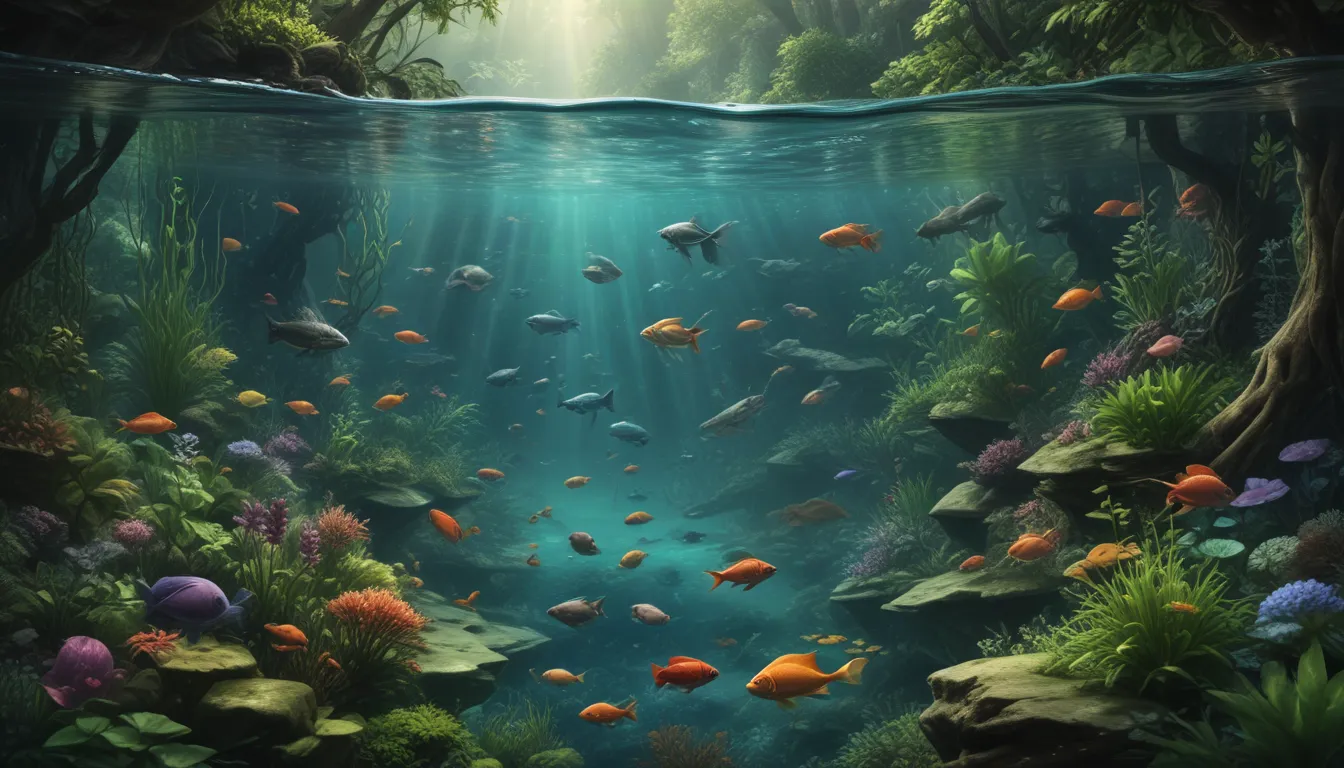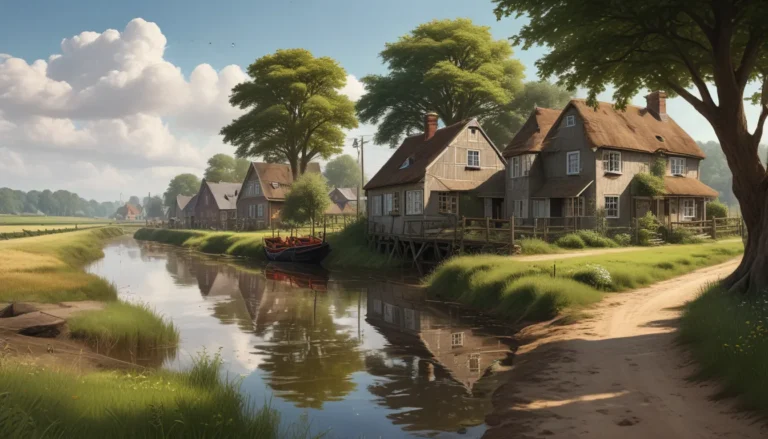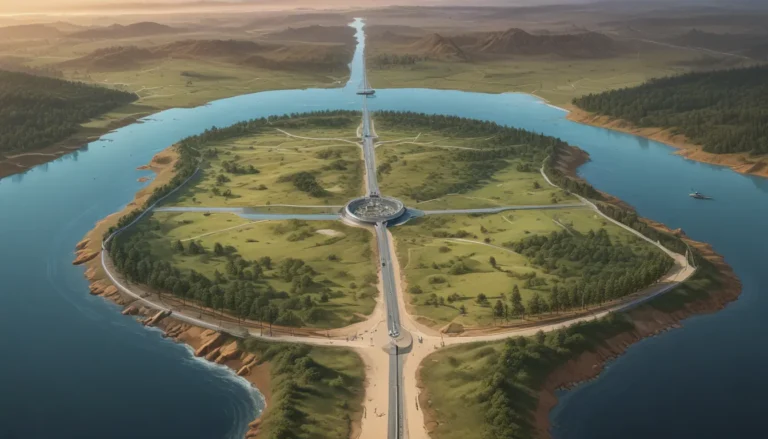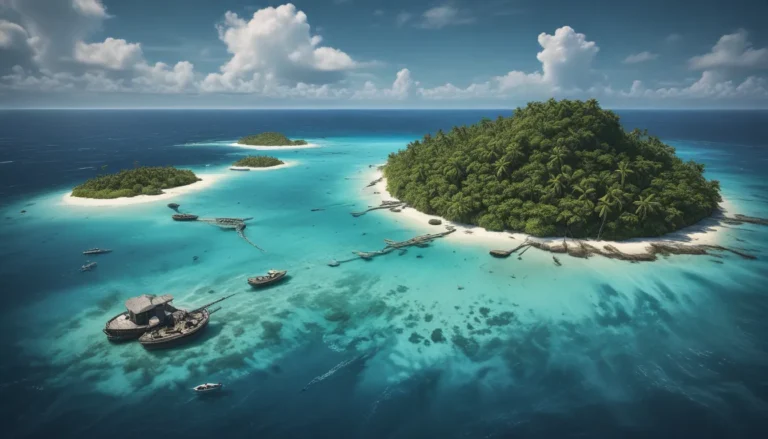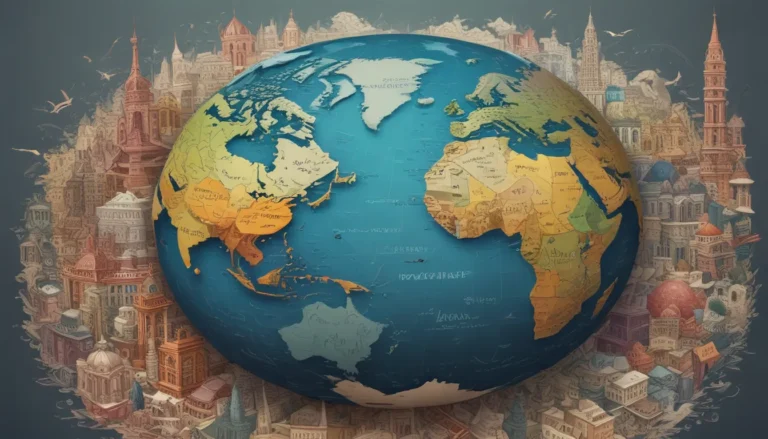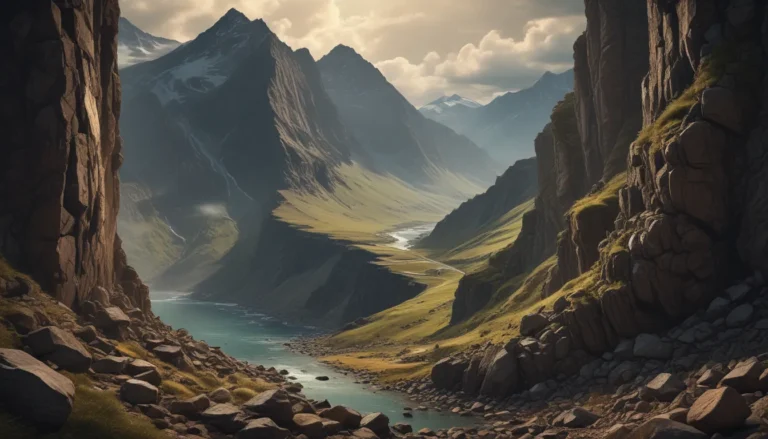A Note About Images: The images used in our articles are for illustration purposes only and may not exactly match the content. They are meant to engage readers, but the text should be relied upon for accurate information.
Welcome to the captivating world of aquatic ecosystems, where water teems with life and intrigues with its hidden wonders. From the sprawling Great Barrier Reef to the mysterious Mariana Trench, these watery realms encompass over 70% of the Earth’s surface. Join us as we delve into 14 astounding facts about aquatic ecosystems that will inspire awe and appreciation for these vital habitats that play a critical role in sustaining life on our planet.
Exploring the Marvels of Aquatic Ecosystems
Aquatic ecosystems are not just bodies of water; they are complex, interconnected worlds that support a staggering diversity of life forms, from microscopic organisms to massive marine mammals. These ecosystems, such as the Great Barrier Reef and the Amazon River, are vital for maintaining biodiversity and preserving the delicate balance of our planet’s ecosystems. Let’s embark on a journey to uncover the hidden secrets and remarkable features of aquatic habitats that make them so essential and awe-inspiring.
Discovering Aquatic Wonders
- The Great Barrier Reef, stretching over 2,300 kilometers off Australia’s coast, is the largest living structure on Earth and can be seen from outer space.
- Flowing through South America, the Amazon River is not only the longest river in the world but also the largest in terms of volume, supporting a vast array of species.
- The Mariana Trench, reaching depths of approximately 11 kilometers in the Pacific Ocean, is home to unique deep-sea organisms adapted to extreme conditions.
- Wetlands, such as marshes and swamps, provide essential services like water filtration, flood control, and habitat for diverse plant and animal species.
- The Gulf of Mexico experiences an annual “Dead Zone” due to nutrient pollution, highlighting the importance of ecosystem conservation.
- The Pacific Ocean is home to the Great Barrier Reef, the largest coral reef system globally, supporting a myriad of marine species.
- Estuaries, where rivers meet the sea, serve as vital nurseries for fish and other aquatic species, providing food and shelter for young marine life.
- The Dead Sea, one of the saltiest bodies of water on Earth, possesses unique properties and attracts tourists seeking its therapeutic benefits.
- Mangrove forests along tropical coastlines provide crucial coastal protection by stabilizing shorelines and reducing the impact of storms.
- The Arctic Ocean supports diverse marine mammals adapted to its harsh conditions, including polar bears, walruses, and various whale species.
- Coral reefs, highly threatened by climate change, are home to countless species and play a crucial role in marine biodiversity conservation.
- The Nile River, flowing through multiple countries in Africa, is the world’s longest river, shaping landscapes and sustaining civilizations.
- Deep-sea hydrothermal vents support unique life forms adapted to extreme temperatures and high-pressure conditions.
- Over 70% of the Earth’s surface is covered by water, making aquatic ecosystems crucial for supporting life on our “Blue Planet.”
Embracing the Marvels of Aquatic Ecosystems
The diversity and importance of aquatic ecosystems are truly astounding, encompassing a wealth of species and providing essential services that sustain life on our planet. From the vibrant coral reefs to the mysterious depths of the ocean, these habitats offer a glimpse into the intricate web of life that thrives beneath the surface. Let’s continue to cherish and protect these awe-inspiring environments for the well-being of future generations.
Conclusion: Protecting Our Aquatic Treasures
Aquatic ecosystems are a treasure trove of life forms and natural wonders that hold immeasurable value for our planet. Understanding, appreciating, and preserving these ecosystems is crucial for maintaining the balance of our environment and ensuring a sustainable future for all. By adopting sustainable practices, raising awareness, and actively participating in conservation efforts, we can safeguard the beauty and biodiversity of aquatic habitats for generations to come.
FAQs: Exploring Aquatic Ecosystems
-
Why are aquatic ecosystems important?
Aquatic ecosystems provide vital services such as filtering water, supporting biodiversity, regulating climate, and supplying resources for human populations. -
How do aquatic ecosystems differ from terrestrial ecosystems?
Aquatic ecosystems are characterized by water as a dominant feature, while terrestrial ecosystems primarily consist of land, with unique adaptations and species diversity specific to water environments. -
What threats do aquatic ecosystems face?
Aquatic ecosystems are under threat from pollution, habitat destruction, overfishing, climate change, and invasive species, which can have significant impacts on their biodiversity and functioning. -
What role do wetlands play in aquatic ecosystems?
Wetlands are crucial for water purification, flood control, and providing habitats for diverse plant and animal species, acting as natural filters to maintain water quality. -
How can individuals contribute to the preservation of aquatic ecosystems?
Individuals can make a difference by conserving water, reducing pollution, supporting sustainable fisheries, and participating in clean-up efforts, while also educating others about the importance of aquatic ecosystems. -
Are all aquatic ecosystems the same?
No, aquatic ecosystems vary in salinity, temperature, depth, and species composition, with examples including oceans, lakes, rivers, wetlands, and estuaries.
Our commitment to delivering accurate and engaging content ensures that each fact shared about aquatic ecosystems is not only fascinating but also credible. Join us in exploring and learning about the marvels of aquatic habitats while embracing the beauty and diversity that these ecosystems offer our planet.
By protecting and preserving our aquatic treasures, we can ensure a future where these remarkable ecosystems thrive and continue to inspire wonder and awe for generations to come.
